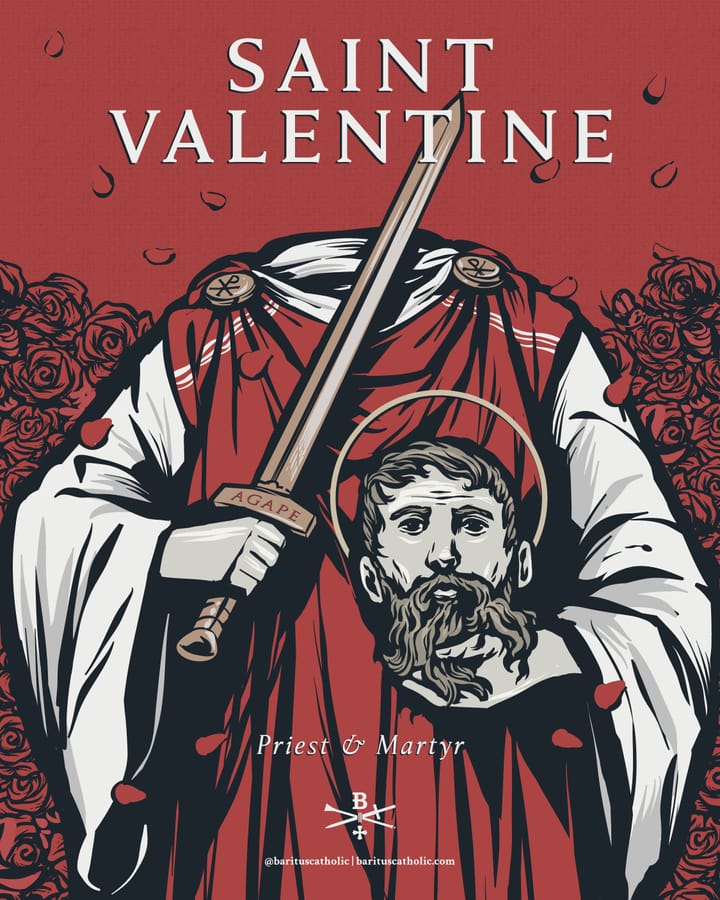The Long View 2003-12-01: Short Review: The Making of Late Antiquity

Portonaccio Sarcophagus
This post fundamentally informs my view of Rome pre-fall. While I am not deeply versed in the history of the period, fundamentally Brown's presentation makes sense from what else I know of history and human nature. Including the baleful effects of lead in water pipes and cosmetics, and the venomous legacy of silphium.
Short Review: The Making of Late Antiquity
In 1976, the classicist Peter Brown gave the Jackson Lectures at Harvard. They were collected under the title, The Making of Late Antiquity, which is still in print. The collection is quite short, just 135 pages, so I don't think I'll do a full review. Still, it's so interesting that I have to write about it somewhere. This is why blogs were invented.
Brown is concerned with the religious history of the Roman Empire from the second to the fourth centuries AD, and particularly with devising an account of the period that makes the triumph of Christianity plausible. He is scarcely the first or the last to attempt this, so opinions on the matter vary. A few years after these Jackson lectures, for instance, Robin Lane Fox suggested in Pagans and Christians that paganism was doing as well as any other traditional institution in the turbulent third century. The victory of Christianity, in his view, was an accident of politics, in the form of the patronage of Constantine and his dynasty. The more common view, however, finds that the glittering culture of the empire in the second century masked a spiritual and intellectual vacuum. The civil wars and economic immiseration of the third century simply revealed the real state of things. Many historians who say this also characterize the rise of Christianity as a "loss of nerve," as men fled from reason in a world that no longer seemed to make sense.
Brown keeps the conventional structure, but changes the plus and minus signs. While he notes that the culture of the Antonine period was more interested in the performance of classical styles than in creation, he also points out that these styles provided a common culture that masked some of the harsh realities of politics and social relations. To make a connection that Brown did not, the empire on the eve of decline (a term Brown studiously avoids) resembled nothing so much as the world of The Glass Bead Game, as Hesse was aware. If there is to be a similar late afternoon for the West, it lies a long time in the future.
In any case, what particularly interests Brown is that the formalities of Antonine culture served to channel private ambition. At the local level, the empire ran on the competition between notables to garner popularity through providing public amenities. Roman politics during the Republic had degenerated into a potlatch of vote-buying; the control of the state was at stake. Two centuries later, competition took the more seemly form of privately financed infrastructure and religious festivals; generally, the only thing at stake was good repute, which was quite enough.
What was true politically was also true spiritually. The empire in the second century did not lack for cults and proselytizers. For the most part, however, such wizards kept their claims limited. Toward their colleagues, they were tactful. Ordinary people believed that they had direct access to the supernatural through oracles (the oracles spoke notoriously good Greek in this period) and through dreams. Brown repeatedly mentions the dream-compendium of Artemidorus, composed around AD 140, which reports dreams from all around the Mediterranean, along with their interpretations. In other cultures, at other times, some of the dreams were of the dramatic sort that launched the careers of prophets and conquerors. In the Antonine empire, in contrast, their use was diagnostic. Indeed, Freud cited Artemidorus as a sort of forerunner.
In the third century, the mechanisms that had dampened ambition no longer worked. This development was overdetermined: civil war, barbarian invasion, monetary inflation; the list is well-known. Brown, however, does not address economics or public safety. What strikes him is not that the traditional life of the towns and smaller cities broke down, but that it exploded upward. Society everywhere became more pyramidal. On the imperial level, of course, every general commanding a considerable army was a candidate for emperor. Locally, the refined society of independently wealthy notables shrank to small oligarchies, whose members owed their position to their connections with the central government. Rather than supporting local civic life, they mined it, sometimes even diverting public buildings to private use. One is reminded of the course of privatization in some post-Communist countries, particularly in the former Soviet Union and once-upon-a-time Yugoslavia.
Something similar happened spiritually. Religious practice under the high empire, even spiritual adventure, was usually a form of therapy. In the third century, the "debate about the holy" became a matter of life and death, of salvation and damnation. The great anxiety of the age, in Brown's telling, was to sort out saints from sorcerers. Just as in public life people sought reliable connections to the center of power, so in spiritual practice people sought out "friends of God," who could be relied on not to exploit the connection to the faithful.
Brown is keen to emphasize that the empire of the third century was not seized by superstitious hysteria. Quite the opposite: people took a prosaic stance toward the supernatural as just another of life's problems. Given the premises of the time, their behavior was perfectly rational. As in the second century, people in the later empire believed they encountered the supernatural daily. The difference was that they tried to limit their contact with it.
The effect was like when a neighborhood experiences a long-term increase in crime, so that eventually every window has bars and every door has multiple locks. Just as people viewed contact with public life with increased trepidation, so they sought to prevent disruptive influences from the other world impinging on this one. Brown points out that there was a somewhat non-judgmental attitude toward demons, even among Christians. The problem with demons was not that they were evil, but that they were incomplete. Demons tried to possess human beings in order to become whole. To be free of them was not so much virtue as hygiene.
Christianity had some real advantages in this environment, but not the ones that are usually cited. For instance, ancient pagans were not particularly impressed that Christians died bravely in the arena. What did impress them was that the Christians clearly did not have ulterior motives. They were friends of God whose relationship to the supernatural was steady and transparent. This was particularly true of the Egyptian ascetics who began to live as hermits and to form monasteries during this period. According to Brown, who discusses the desert fathers at length, one of the points in the monks' favor was precisely that they did not promise magical effects. They might see visions as they progressed in the spiritual life, but at the end they would be able to turn a human face back toward the laity. They, and Christians in general, made a science of distinguishing the saint from the sorcerer.
Brown's interpretation puts a new light on speculation about alternative histories in which Christianity either never arises or is suppressed. He describes how Julian the Apostate gave money for a traditional pagan festival to an ancient city. What the emperor had in mind was a municipal celebration of the sort that Antonius Pius might have patronized two centuries earlier: choirs singing to Apollo and a mass procession to the sacred place. When he visited for the occasion, however, all he found was an old priest and a goose: the money had been spent on chariot races. The citizens apparently did not see what they had done wrong. To them, spiritual practice was no longer a matter for the general public, or at least not just a matter of appearing in public. The public ritual life that Julian hoped to restore just did not mean anything anymore. Traditional paganism could not have been restored, and the new cults were successful only to the extent that they could make claims, like those of Christianity, to exclusivity and transparency.
* * *
Speaking of pagans and Christians, I see that there is an evangelical revival at Harvard and MIT and places like that. Diocletian knew what to do at a time like this.
Copyright © 2003 by John J. Reilly

The Making of Late Antiquity (Carl Newell Jackson Lectures) By Peter Brown



Comments ()